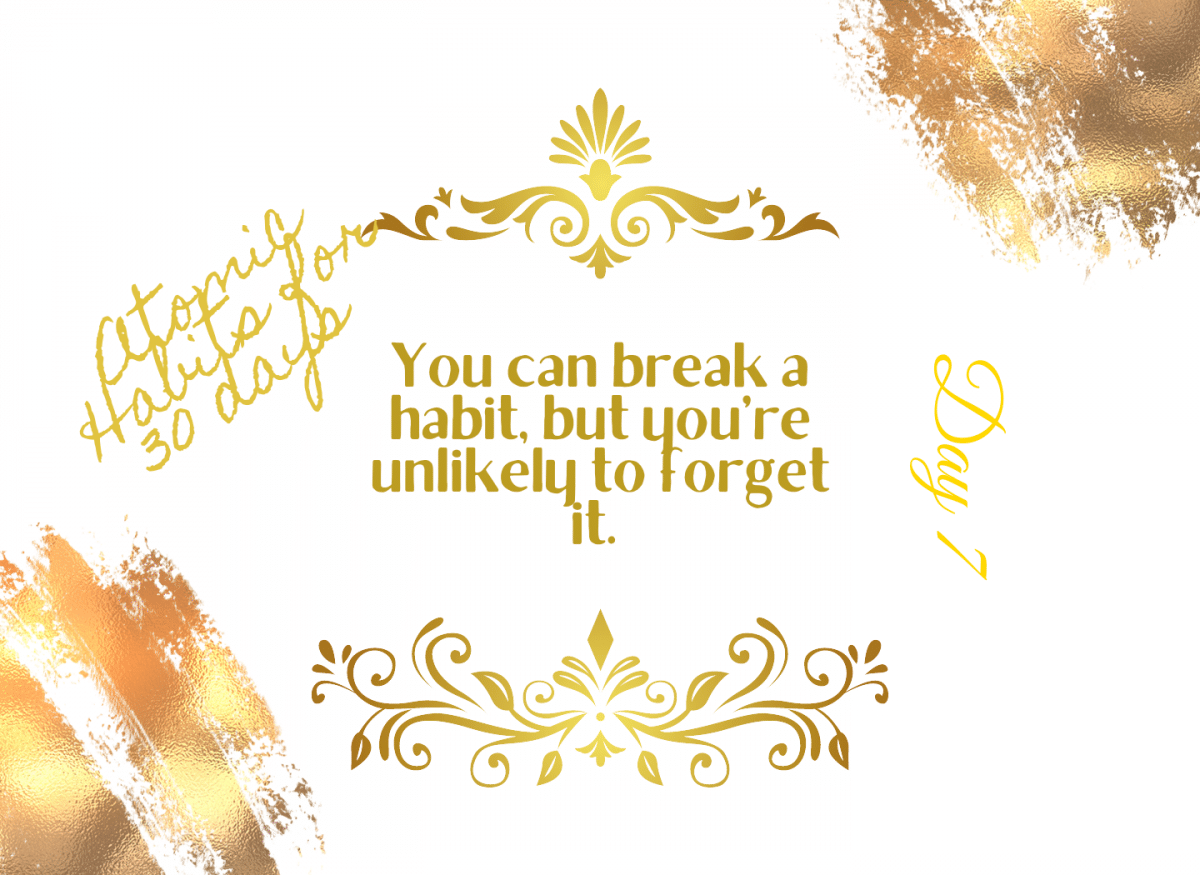This chapter starts by breaking the stereotype that substance addiction is permanent and irreversible. A change of environment is what will provide the extra boost for mitigating a bad habit.
Someone becomes addicted at home or with friends, goes to a clinic to get clean- which is devoid of all the environmental stimuli that prompt their habit- then returns to their old neighbourhood with all of their previous cues that caused them to get addicted in the first place.
It makes me chuckle to remember how ridiculous I used to find recommending a change of place to heal emotional or even physical afflictions. Turns out I was wrong, like way wrong on this one. The author provides compelling evidence in the book. Trust me!
It was heartbreaking for me though. I wish this was real for me back then. Maybe, just maybe I could have done something for my dad. His addiction is what lead to his downfall. Could we have changed his environment? Could he have healed? The author thinks that this is true. If you have someone in your vicinity struggling with addiction, help him. You might save your family, you might inspire hope for another.
Lazy-Relax-Lazy-Relax
One almost hilarious example is watching TV when we feel lazy. Now we feel lazier, so we keep watching TV.
How to create a good habit
Fill out the Habits Scorecard. List your current habits.
- Use implementation intentions: “I will [BEHAVIOR] at [TIME] in [LOCATION].
- Use Habit Stacking: “After [CURRENT HABIT], I will [NEW HABIT].”
- Design your environment. Make the cues of good habits obvious and visible.
How to break a bad habit
Reduce exposure. Remove the cues of your bad habits from your environment.
A more reliable approach is to cut bad habits off at the source. One of the most practical ways to eliminate a habit is to reduce exposure to the cue that causes it.
-
If you can’t seem to get any work done, leave your phone in another room for a few hours.
-
If you’re continually feeling like you’re not enough, stop following social media accounts that trigger jealousy and envy.
-
If you’re wasting too much time watching television, move the TV out of the bedroom.
Favourite Quotes
Once a habit has been encoded, the urge to act follows whenever the environmental cues reappear.
You can break a habit, but you’re unlikely to forget it.
Self-control is a short-term strategy, not a long-term one. You may be able to resist temptation once or twice, but it’s unlikely you can muster the willpower to override your desires every time.
Instead of summoning a new dose of willpower whenever you want to do the right thing, your energy would be better spent optimizing your environment. This is the secret to self-control. Make the cues of your good habits obvious and the cues of your bad habits invisible.
Atomic Habits Cheatsheet as provided by the author.
Bring the change you want. Do the right thing.
Image Credit: Canva
Source of Cheatsheet: Jamesclear.com









Comments & Discussion
20 COMMENTS
Please login to read members' comments and participate in the discussion.